Much of my inspiration to become the Fruit Nerd comes from the humble spud. The art of being a great fruiterer is knowing your produce inside out. At the beginning of my career in fruit and veg, a younger me once walked through the sheds of the iconic Queen Victoria Market looking for produce to cook for dinner.
I stopped at a stall where a potato I had never seen before was on display and I asked the fruiterer what it was. They asked what I was cooking, which was a simple oven roast, and the fruiterer went on to suggest a variety of waxy potatoes, explaining that they held up in the oven after boiling. I ended up buying that unique potato just to see how it tasted alongside the others. I noticed the difference in texture but not so much the flavour - my palate wasn't refined.
This experience both inspired and caused me to question my own feelings and thoughts about produce in general. Why aren't all fruit and vegetables given as much attention when being purchased and sold?
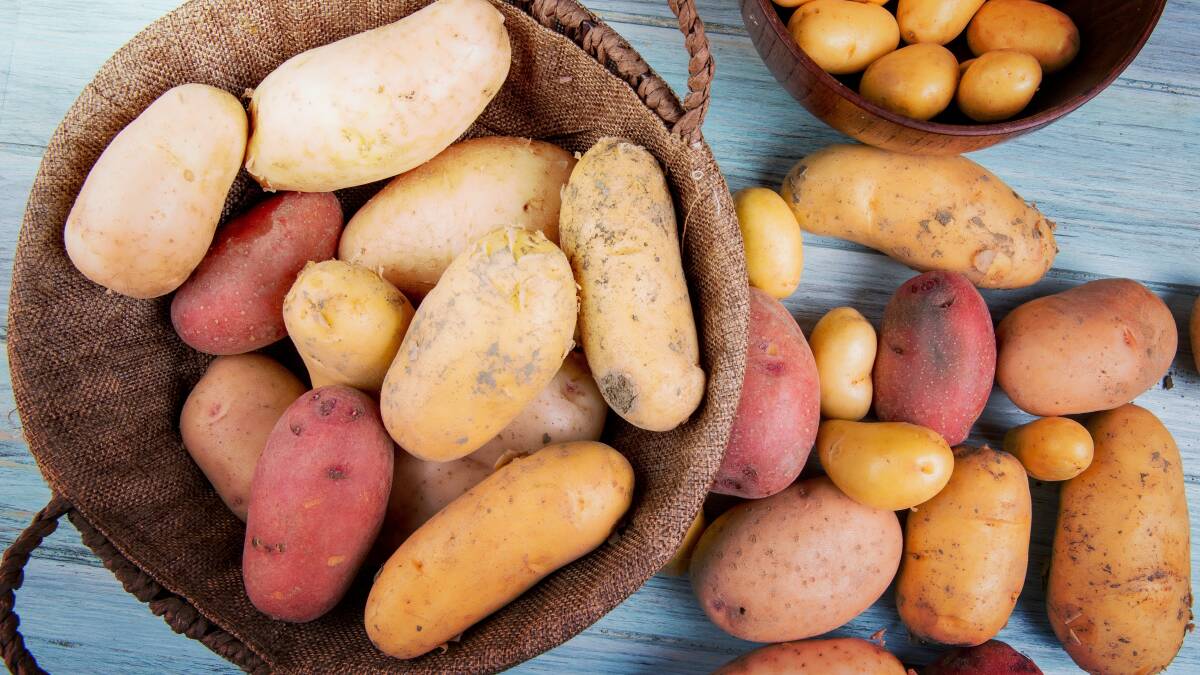
Why aren't different varietals of fruit and vegetables sold with every produce line? Why can't all fruiterers offer this level of expertise and knowledge when quizzed? What does waxy even mean? It was both a traumatic and revelatory life event, and led me to want to become the fruiterer who could offer this level of advice to anyone purchasing any fruit or vegetable ... in essence, the Fruit Nerd.
A brief history lesson
Being a nerd is cool, but when I was a kid in primary school, nerds were bullied by the big sporty kids like the Hollywood stereotypes of old. Today, if being a techy is cool, then so is being a fruiterer. That's what I hope the Fruit Nerd can represent - engagement and knowledge through flavour. I studied food systems and gastronomy just to articulate how cool fruit and vegetables are.

In one of my food history lessons, we traversed time to discover what effect the potato had on humanity. It's dramatic. Many argue that the potato changed the modern world. Before the "discovery" of potatoes, most communities relied on grains, but potatoes are nutritionally far superior and entire civilisations came to depend upon them. The reliance on grains could lead to famines during poor weather years, but the potato offered a great diversified solution to food security and population growth. High in energy, simple to prepare and easy to pluck out of the ground when needed, the potato was one of the main sources of energy that helped fuel the industrial revolution. Given the growth and dominance of Western society, particularly in the culinary world, you can see why there are so many varietals of potatoes still offered today.
Starchy vs waxy
In Australia, a lot has changed for the humble spud; it's not quite as popular as it once was, yet it still holds a special place in the world of fruit and vegetables. Generally, potatoes are put into the "waxy" or "starchy" buckets. I never understood what waxy meant, but the opposite description of "starchy" is much clearer to me. Personally, I describe potatoes as being starchy - spuds with lots of tiny granules that break apart easily when cooked - and non-starchy - waxy potatoes that hold their shape, density and texture after being cooked.
While these two descriptions refer to a potato's textural traits, they don't explain the flavour. Wait, do potatoes even have different flavours? Of course they do! Try comparing a Dutch cream potato with a simple white washed potato - the washed potato will likely be linear in flavour, with a neutral and bland taste and aroma compared to the velvety Dutch cream. Simply oven-bake both potatoes without oil and only add salt at the end after breaking them open. You may be thinking that potato with just salt sounds terribly bland. Well that's because the only varietals that most of us eat are grown for intensive yield without consideration of flavour. There are plenty of other potato varietals that are brimming with interesting flavours and can be eaten with just a little seasoning.
It's important to note that in the final phase of commoditisation of potatoes, which has already begun, only one cultivar will reign supreme and that's a completely neutral potato, which is neither starchy nor waxy.
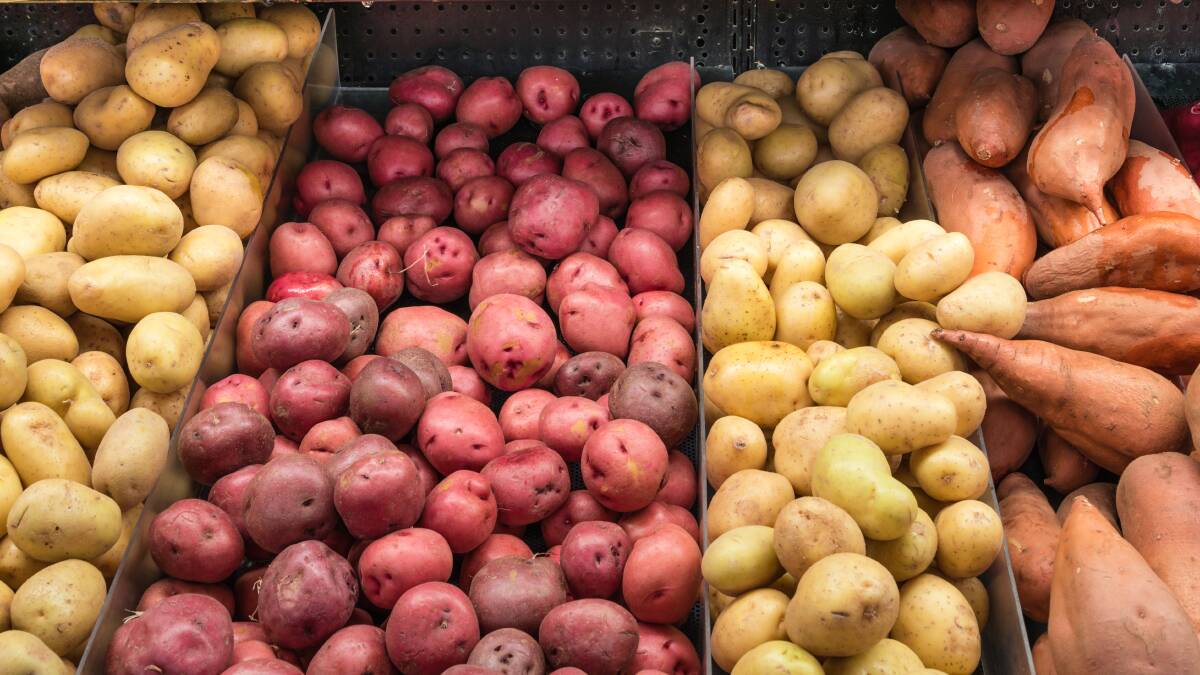
It's simply marketed as being able to do everything; in other words: the "all-rounder". Other trending varieties include "low-carbohydrate" or "lite" potatoes that have less starch in them, or a very waxy potato, but note that a low-starch potato, such as a desiree, contains a very similar amount of carbohydrates as a "low-carb" potato. By substituting the word "starch" for "carbohydrate", companies have created a great marketing slogan for these potatoes.
The right potato for the job
The question I had that changed my fruit nerd life might be the same question that you have, and that's "what potato should I purchase for the dish I am cooking?". The answer is that it simply depends on the type of dish you are making. Potatoes have permeated nearly every cuisine on the planet and there are so many different ways to cook them that the possibilities are endless. Take into account not only what texture you're looking for, but also what flavour the potato can offer you. All potatoes have different nuanced flavours, some being more minerally than others. In addition, the availability of a variety of potatoes depends on where you live and what markets you have access to. I hope you're able to ask someone for advice. If not, then buy two different potato varieties for the one dish and see if one tastes better than the other.
Choose
1. Look for firm, heavy potatoes. If they've been cleaned, a bright skin is a great sign the potato will eat well.
2. Avoid potatoes with shooting roots or that are slightly soft to touch.
3. While not inedible, it's best to avoid buying green potatoes, as it means sunlight has caused the formation of chlorophyll, allowing some of the solanine toxic compound to develop. If this happens in your pantry, you can remove the green flesh and still cook the potato.
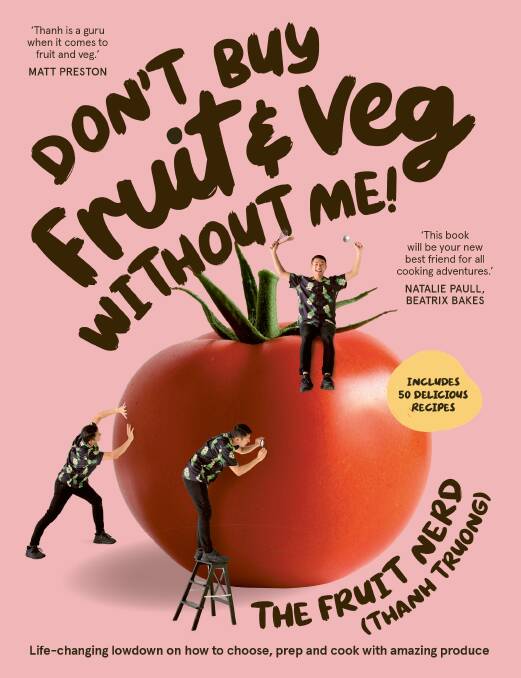
Store
An important storage fact about potatoes is that they should be kept away from both direct and indirect sunlight. You'll find new packaging completely blacks out potatoes, with only a few holes to allow airflow. So make sure you store your potatoes in a very dark area of your home, with a cool and stable temperature. If your potatoes do become green for any unknown reason, you can still eat them as long as you remove a lot of the green-coloured flesh under the skin. Of course this isn't advisable if you're pregnant or have underlying medical conditions, but if you're healthy you'd probably need to eat several kilos of green potatoes to get sick.
Basically, store potatoes in a cool, dry and, most importantly, dark place. Even indirect sunlight will cause the formation of chlorophyll. Storing potatoes near ethylene-producing fruits, such as bananas, will cause potatoes to shoot roots, so store them away from other produce. I keep my potatoes in a fruit box on the floor in my pantry, as I can close them off from any light and there are usually some holes in the box. Or keep them in a paper bag if you have only a few spuds.
- Thanh Truong is a passionate fruiterer, supplying Australian grocers and restaurants with the best fresh produce. He's also a content creator, delighting audiences with information and tips about fruit and veg. He started his working life as a national fruit buyer for Coles supermarkets. Soon he joined the family business and travelled the world sourcing exotic fruits and vegetables for Australian consumers. It was at this point that his friends started referring to him as the 'Fruit Nerd'.
- This is an edited extract from Don't Buy Fruit & Veg Without Me! by Thanh Truong. Plum. $39.99. Photography by Mark Roper.
Spanish potato omelette
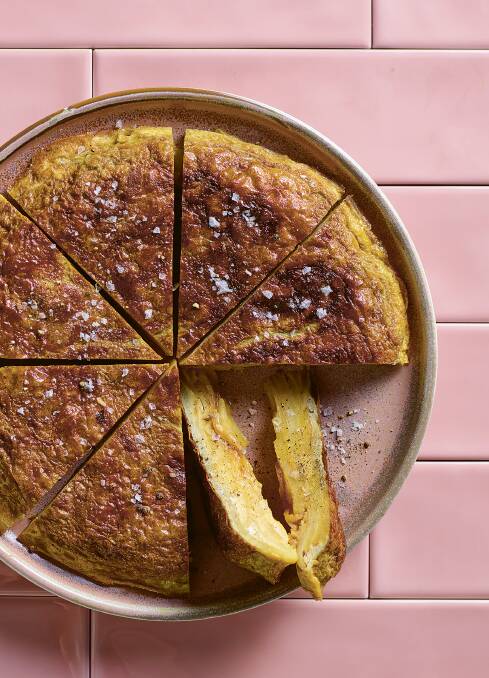
While travelling through Basque Country in Spain, we would eat tapas every night and tortilla de patatas every morning. Interestingly, I first made this recipe with an ostrich egg, which tasted outstanding, but it took us a few days to finish such a big omelette! I recommend using duck eggs as their yolk is rich and flavourful. I use Dutch cream potatoes as they have a lovely creamy flavour and hold their shape well, which provides a gentle contrast to the texture of the bouncy eggs. Nicola potatoes are also a great option. The Spanish strongly believe in using the best local produce available, from earthy olive oils to yolky eggs. Seek out good-quality ingredients, make this on the weekend and you'll never think of making poached eggs again! This recipe is big - you only need to eat a slice to feel satiated, so I suggest packing some for lunch the following day!
Ingredients
1 kg non-starchy potatoes, such as Dutch creams, peeled and cut into 5mm thick slices (use a mandoline if you have one)
200ml extra-virgin olive oil
1 onion, finely sliced
8 duck eggs (or 10 regular eggs)
3 tsp sea salt flakes
Method
1. Place the potato in a colander and rinse under cold running water to remove the starch. Dry the potato in a salad spinner or with a clean tea towel.
2. Heat the olive oil in a frying pan over medium-low heat and add the potato, making sure the slices are submerged in the oil. Gently cook for 15 minutes or until the potato is cooked through, then remove using a slotted spoon and strain in a fine-mesh sieve. Reserve the leftover oil.
3. Heat one tablespoon of the reserved oil in a frying pan over low heat, add the onion and cook for 10 minutes, until caramelised. Remove the onion from the pan and set aside.
4. Crack the eggs into a bowl, add one teaspoon of the salt and whisk to combine. Add the caramelised onion and mix well.
5. Heat one tablespoon of the reserved oil in a deep 28-30cm cast-iron frying pan over low heat and add enough of the egg mixture to coat the base of the pan. Add a layer of potato, with the slices overlapping, a layer of egg and onion mixture and a sprinkle of salt. Cook for two to three minutes, until the top egg layer is just cooked through, then repeat with more layers until the ingredients are used up. Once you've added the last layer of egg and onion mixture, turn off the flame, cover with a lid and let the residual heat continue to cook the omelette for three minutes.
6. Remove the lid, place a large plate on top of the pan and flip the tortilla onto the plate. Season with salt and pepper, slice the tortilla into pizza-like portions and enjoy.
Serves 6-8.
Potato threads
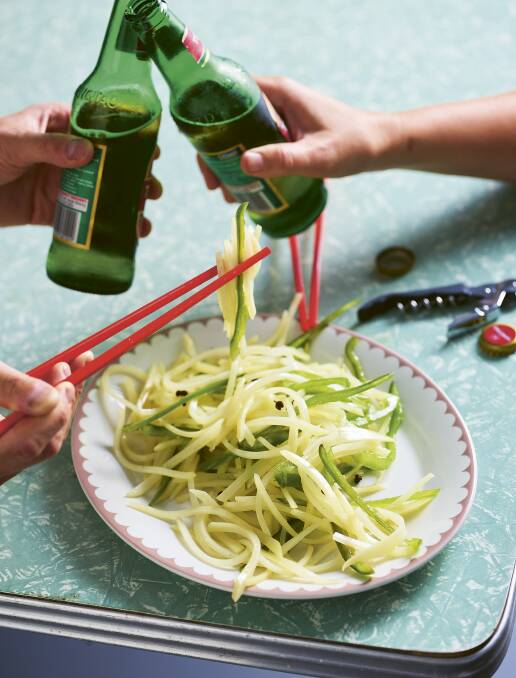
In the Western world, we are used to eating potatoes that are baked, fried, boiled or mashed, but in Chinese cuisine they are often enjoyed stir-fried. This dish is called tu dou si, which translates to "potato threads". The threads are tossed with moreish numbing Sichuan peppercorn and chilli oil and are usually eaten chilled. It is such a flavourful dish that it's often eaten as a condiment to steamed rice - carb on carb! - although I prefer to enjoy it with beer.
There are only a few ingredients in this recipe, so the most important element is the selection and preparation of the potatoes. Longer threads are more desirable, so choose the longest potatoes you can find, which will be easier to julienne. I like crunchy potatoes, so select a low-starch and all-round variety for better textural results. This dish comes together very quickly - basically the threads need to be "just cooked"; overcooking the potato will soften the threads and ruin the dish.
Ingredients
2 long low-starch potatoes (about 500g), such as Nicola, julienned into long 2mm-wide strips
1/2 green capsicum, julienned into long 2mm wide strips
1/2 tsp white vinegar or rice wine vinegar
1 tsp sea salt
1/2 tsp MSG (see note)
2 tbsp vegetable oil
1/2 tsp whole Sichuan peppercorns
2 whole dried red chillies
Method
1. Agitate the julienned potato in a large bowl of cold water to rinse off the starch. Drain and repeat until the water runs clear. Prepare a bowl of iced water.
2. Bring a large saucepan of water to the boil, add the potato and allow the water to return to the boil. Blanch the potato at a roiling boil for about 30 seconds (the total time the potato is in the water should be no more than two minutes), until just cooked but still with a bite to it. Drain and plunge the potato into the iced water - this helps the potato stay firm and crispy.
3. Once cool, drain the potato and dry in a salad spinner or with a clean tea towel to remove excess water, then transfer to a large heatproof bowl. Add the capsicum, vinegar, salt and MSG and gently toss together with chopsticks.
4. Heat the vegetable oil in a small frying pan over low heat, add the Sichuan peppercorns and dried chillies and cook for two minutes, until fragrant. Remove the peppercorns and chillies using a slotted spoon and transfer to a paper towel to drain. Increase the heat to high and allow the oil to almost reach smoking point - the oil should be shimmering, with wisps of smoke rising from it. Very carefully pour the hot oil over the julienned potato mixture and toss with chopsticks. The heat of the oil will be enough to cook and slightly char the potato threads, though they will still have a firm bite.
5. Serve the potato threads immediately, or, to serve chilled, allow to cool to room temperature, then cover with plastic wrap and chill in the fridge until cold.
Serves 2.
Note: Monosodium glutamate (MSG) has been treated unfairly over the years by Western media, not unlike the durian! MSG occurs naturally in many foods and is added as a delicious umami flavour enhancer to many Chinese and other east-Asian dishes. It can be bought from Asian supermarkets.

